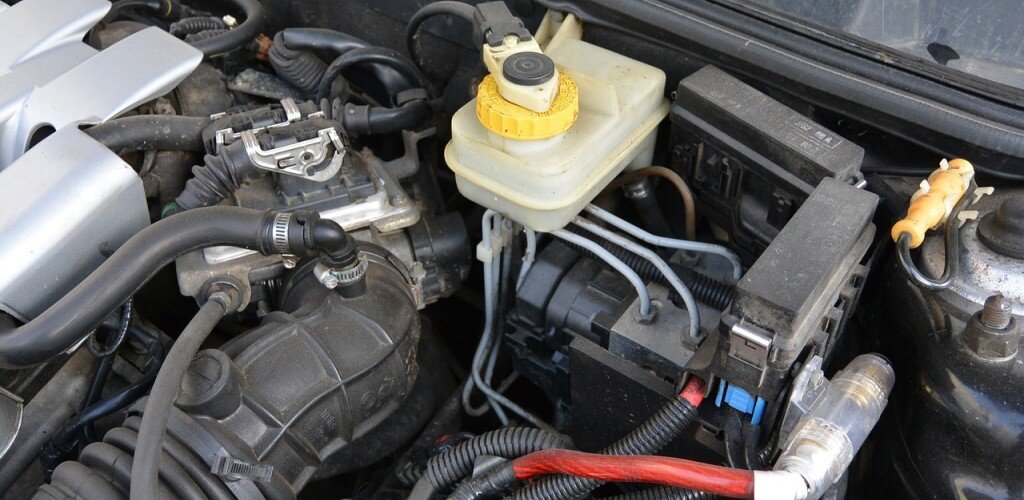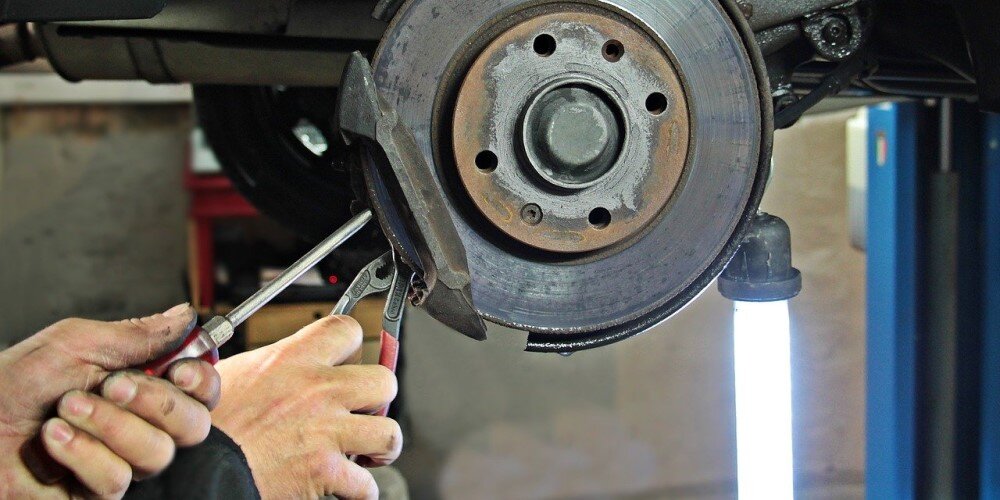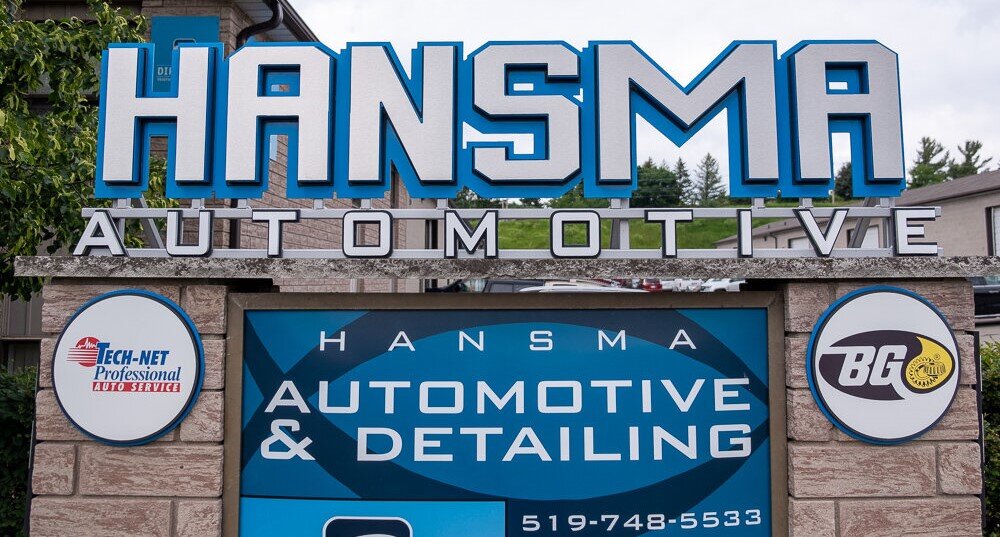Do you know what your rights are under Ontario's motor vehicle repair act? Here is a brief overview of your rights when you get your vehicle repaired according to the Consumer Protection Act, Part VI: Repairs to Motor Vehicles and Other Goods. Click on the links to learn more.
1. This law applies to any establishment that provides vehicle repairs.
2. The repair shop must give you a written estimate before they can charge you anything.
4. You need to be informed ahead of time if the shop is going to charge you for an estimate.
5. If you request it, all the parts removed need to be returned to you.
Know your rights under Ontario’s motor vehicle repair act
Motor Vehicle Repair Act
1. This law applies to any establishment that provides vehicle repairs.
As a consumer your rights are protected under the Consumer Protection Act. This motor vehicle repair act applies to any place that offers motor vehicles repairs, including:
Auto body repair shops
Dealerships that have repair shops
Used-car lots that have repair shops
Muffler shops
2. The repair shop must give you a written estimate before they can charge you anything.
Before a repair shop can charge you anything, they need to give you a written estimate unless you refuse an estimate and instead agree upon a maximum amount that you are willing to pay for the repairs. The final amount that you are charged cannot exceed the maximum amount that you agree upon.
If you choose to get a written estimate, the final price you pay for repairs cannot be more than 10% above the original estimate that you were given. For example, if the estimate that they give you is $100, then the final bill cannot be more than $110. To calculate this simply take the price of the quote and multiply it by 0.10 (10%). You then add this amount to the original estimate price.
$100 (estimate amount) x 0.10 (10%) = $10. Then add $100 (estimate amount) +$10 (your answer) = $110 (The most you can be charged for the repair)
Make sure that you never sign a blank work order. If you do then you are giving the repair shop the freedom to make any type of repair they think is necessary and to charge you for the work even if you didn't want it done.
It is a good idea to get a written estimate
3. Your written estimate needs to include the following:
The contact details of your repair shop, including their name and address
The date when the estimate was given and the date that it expires
The date when the work will be done
Your name
The make, model, licence number and VIN (vehicle identification number) of your vehicle
A detailed explanation of the repairs to be carried out
A list of any parts to be installed and if they are new, used, rebuilt or remanufactured parts
Whether or not the parts used will be made by the original equipment manufacturer
The price of each individual part
The cost for labour including a breakdown of how it is to be calculated whether it will be a flat or hourly rate or a combination of both
The total amount to be charged
According to the motor vehicle repair act, your estimate should list the parts used and their prices
4. You need to be informed ahead of time, if the shop is going to charge you for an estimate.
A repair shop can only charge you for an estimate if they tell you ahead of time and they tell you how much the estimate will cost. The cost of an estimate can include:
The cost to diagnose the problem
The cost to reassemble your vehicle after the examination
The cost of any parts that could get damaged during the diagnosis and reassembling of your vehicle
If you give them permission to repair your vehicle before it is reassembled, they can't charge you a fee for the estimate. If, however you take too long to give them permission and they reassemble your vehicle, then they are allowed to charge you a fee for the estimate.
a repair shop needs to tell you if they are going to charge for an estimate
5. If you request it, all the parts removed need to be returned to you.
Any repair shop must return all the parts that were removed from your vehicle during the repair if you ask them to. The parts need to be returned to you in a clean container. This is actually a good idea as you can verify that they were removed and see any damage or wear on the parts to find out if it was necessary to remove them.
If, however, the parts were under warranty and they needed to be returned to the manufacturer or if they were parts that you were never charged for, then they do not need to be returned to you according to the motor vehicle repair act.
It’s a good idea to get the old parts returned to you
6. Your final invoice needs to include pertinent information
The final invoice that you receive needs to include the following information:
Your name
The name, address and contact information of the repair shop that you used
The make, model, vehicle identification number (VIN) and licence number of your vehicle
The number that the odometer was showing when your vehicle was dropped off and when your vehicle is returned
A complete list of the parts that were installed and if the parts are new, used or reconditioned, and if they used parts provided by the original equipment manufacturer
The price of each part
The total cost for the labour and the calculation method that was used. For example, a flat rate, an hourly rate, or a combination of both
Additional shop supplies charged to you (and not included in the normal operating costs)
The terms of the warranty provided by the repair shop for each part installed and the cost of the labour to install it
The total amount billed (Remember this can’t be higher than 10% above the written estimate)
Learn the difference between the various types of parts
7. Parts and labour usually have a warranty for a minimum of 90 days or 5,000 km (whichever comes first).
If the repair was faulty and your vehicle breaks down or isn't safe to drive during your warranty period, you can take it back to the original mechanic or if that isn't possible, you can take it to the closest repair shop. Your original repair shop will need to pay for this new repair as well as any reasonable towing fees.
Note: It is a good idea to ask how long warranty actually is after a repair is done.
8. Under the Ontario Motor Vehicle Act, your repair shop has the right to keep your vehicle if you don't pay your bill.
If you don't pay your repair bill, your repair shop is entitled to keep your vehicle. If they have already given your vehicle back to you and you refuse to pay them, then they can register a lien against your vehicle. This will give them the right to seize your vehicle and if they let you know in advance, even sell or donate it.
YOU CAN TRUST HANSMA TO HONOUR the motor vehicle repair act
Hansma Automotive is a trustworthy auto repair shop that will honour all your rights laid out in Ontario's motor vehicle repair act. That's why you can trust them with all your auto repairs. Here's what our customers have to say about our reputation:
““The best and most honest service I have ever experienced at a mechanic, hands down. I’ve had just about everything done on my vevicles here from maintenance, winter tire purchase, collision assessment and major part replacement and repair.”
— - Veronique LePage
““Great place, friendly staff and the only place I trust my car with now. I highly recommend this place. Trustworthy”
— - Arash Tehrani
““Extremely honest, friendly, and quick service. I trust the team at Hansma completely with both of my vehicles!”
— - Ryan Campagnola
If you live in the Kitchener-Waterloo region, you can trust Hansma with all of your car repairs. As a Tech-Net professional auto repair facility, Hansma Automotive is committed to serving you, our customer, with professional auto service repair at a reasonable cost.
We use quality CARQUEST auto parts, guaranteed coast to coast. We stand on sound business principles and uphold high ethical standards. Our goal is to make your automotive repair experience friendly and successful.
Many hundreds of area residents have come to depend on our team and rely on the technical expertise of our friendly staff to keep their family vehicles in peak running condition. Book an appointment now.







